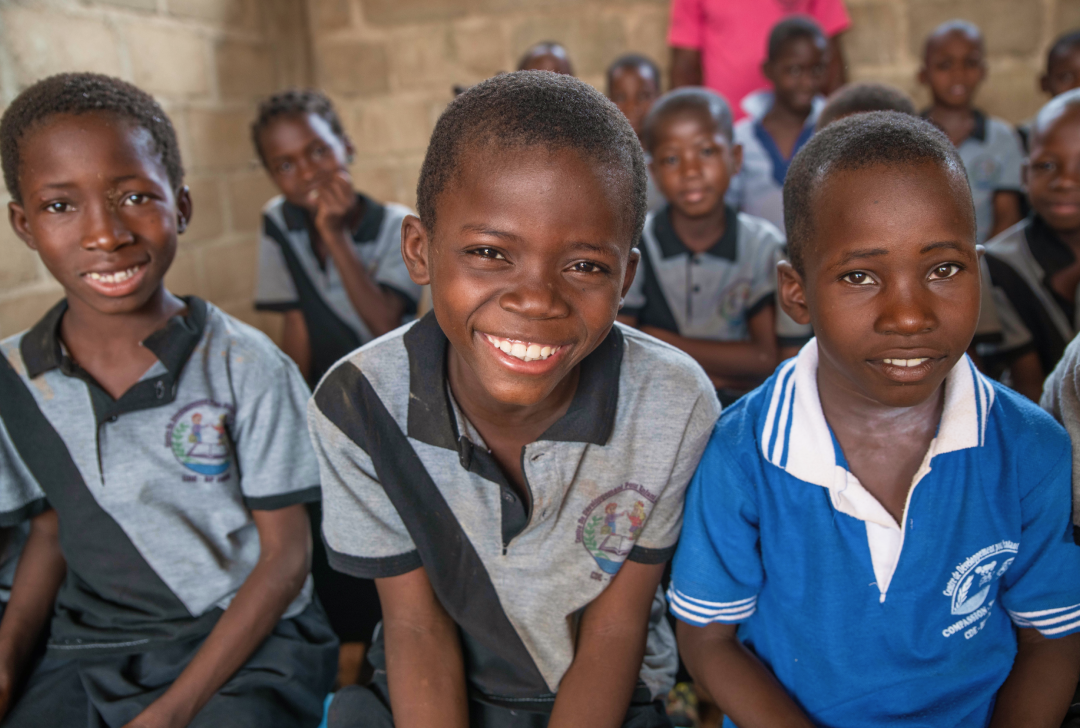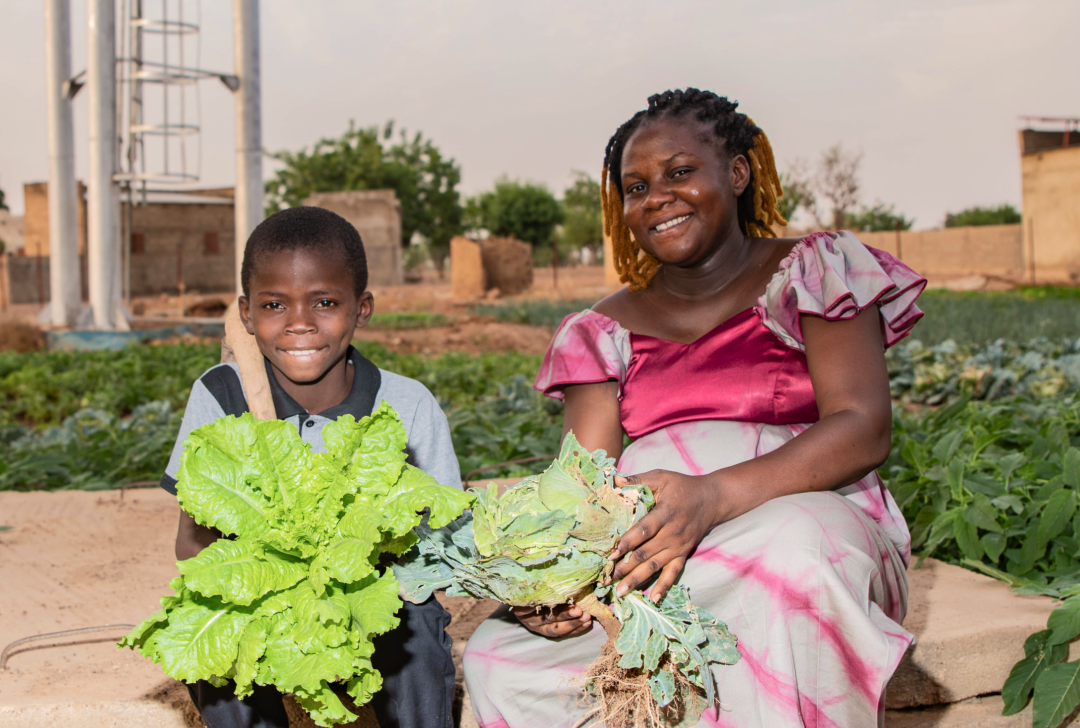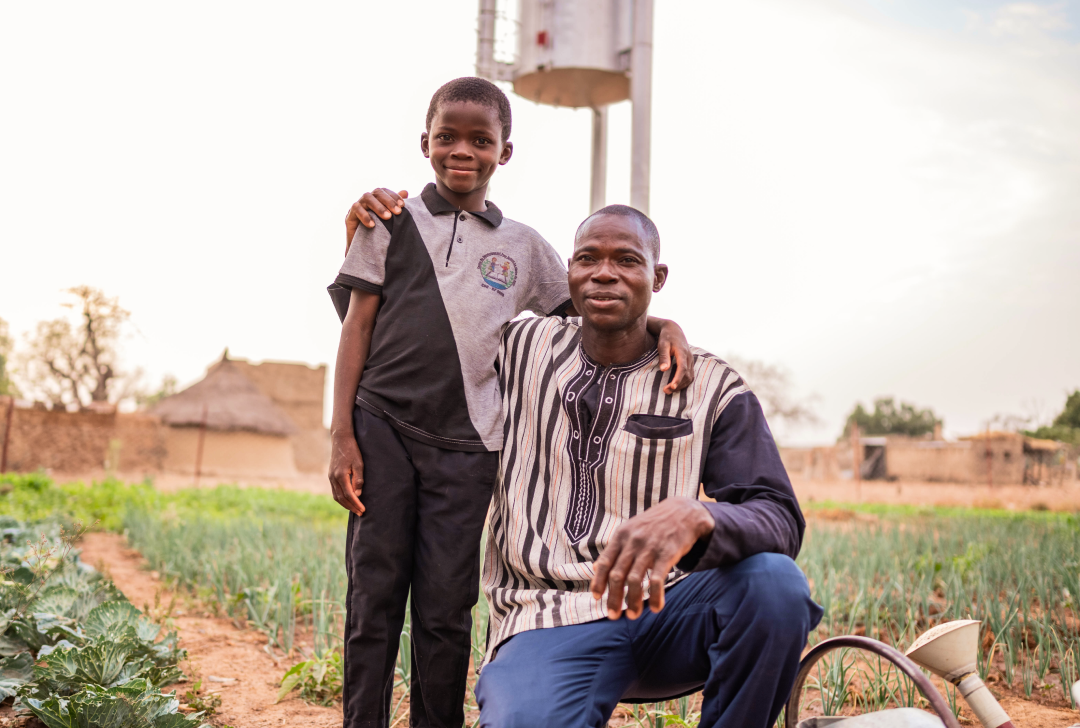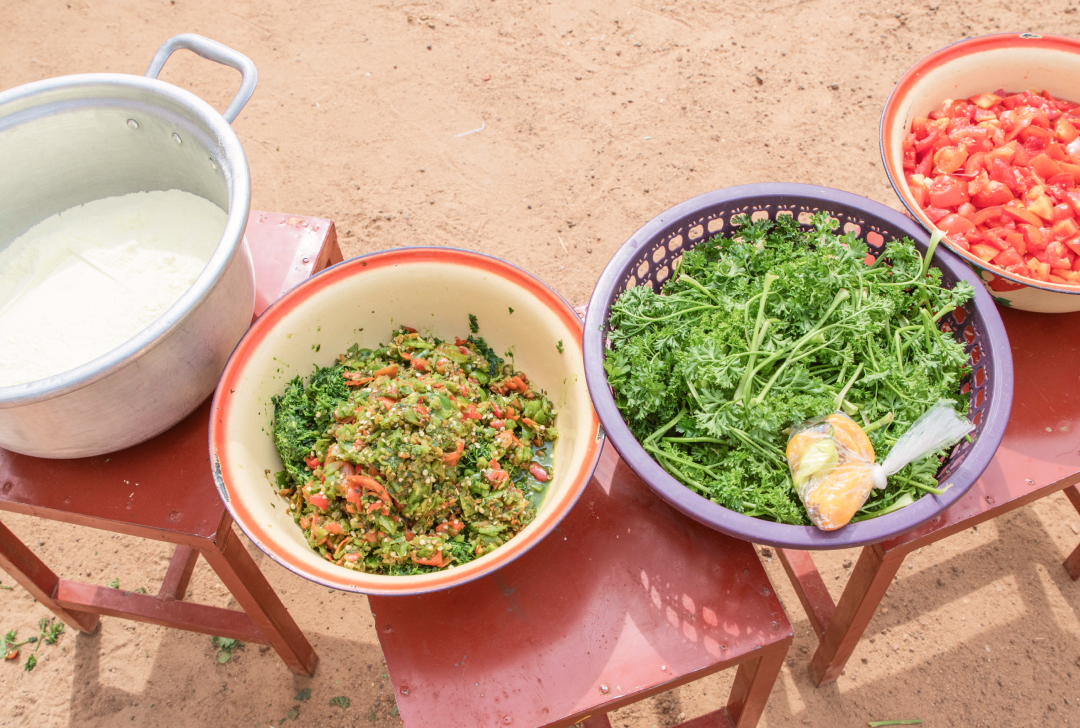When you partner with the local church to answer hunger with hope, the picture changes. This is what it looks like in Fabrice’s neighbourhood in Burkina Faso.
08 Dec, 2023

Fabrice is just 8 years old. He lives in a village in eastern Burkina Faso where the land is dry and dusty. Because of a lack of rainfall, his community is facing serious food shortages. Without rain, nothing grows. Hunger and thirst pervade. At the peak of their lean season this year, when food from the last harvest was depleted, 3.5 million people in Burkina Faso faced crisis or emergency levels of acute food insecurity.
For Fabrice’s family, all worries led back to the lack of water. “There is only one pump in the village for all the needs of both humans and animals,” says Fabrice’s father Wendpanga. “Women, men and children spend extremely long hours fetching water, which affects other priorities.”
Their family rely on farming for their income. During the eight dry months of the year, it is very difficult to grow the millet, peanut and beans Wendpanga depends on to feed Fabrice and his four brothers. Plus, the impacts of the COVID-19 pandemic, rising food costs and the global food crisis mean that the limited food that is available is often unaffordable.
This is when the local church stepped in.

The shape of hope
Thanks to the timely generosity of supporters like you, our local church partners were able to drill a well at Fabrice’s local Compassion centre.
His family now has a clean water source close by where they can collect water to use at home. Wendpanga’s worries gave way to joy. “I am thrilled and grateful for the practical solutions the centre is providing to impact and transform our lives,” he says.
The well is not only a water source, but a tool to break ground on a vegetable garden at Fabrice’s Compassion centre. With water collected from the well, Fabrice and his friends are helping tend to the garden. “Like Adam in the garden of Eden, I love to water the onions at the centre. My tutors taught me how to plant seeds in the recycled receptacles, too,” says Fabrice.
Praise God that the seeds planted have grown into an abundance of fresh food that local families can harvest. “I am happy that I can grow and harvest fresh salad and tomatoes from the garden at the centre for my mother to cook our meals,” says Fabrice.
For Fabrice, hope looks like a tool in his hands. He is answering hunger while enjoying taking care of the garden.

The place of hope
It’s not just Fabrice and his family that can harvest food from the garden: it helps to feed over 2,000 people. The well and garden have opened opportunities for the whole community to flourish. The local church is leading this effort.
Growing a garden means that the Compassion centre saves money buying food and travelling to the market five miles away. “The centre used to spend more than US$50 on buying clean water and vegetables during the weekly activities,” says Project Director Rosalie. “But now, the new borehole [well] at the centre means unlimited possibilities, with access to clean water opening amazing doors for business opportunities.”
With room in the budget, Fabrice’s Compassion centre is able to loan money to caregivers so they can start small businesses and earn a sustainable income to feed their families.
The church is planning how they can best equip the community to afford food long term. “In the months ahead, we want to train caregivers on how to make soap as a source for their income to mitigate the impact of the current financial crisis,” says Rosalie. “We will also start vocational training for children, enabling them to learn sewing, gardening or carpentry as they grow up.”
Fabrice has already started learning about fish farming. Because of the well and the garden, the Compassion centre can sustain a small pool of fish. Fabrice helps feed the fish with salad leaves grown in the community garden.
“Fish farming is something new to Fabrice, and the church is initiating children with this skill. Besides being a business opportunity, the centre can use the fish from the farm for children’s meals,” explains Rosalie.
In Fabrice’s neighbourhood, the church is known as a place of hope. It is a place to harvest food and get involved in income generation activities, answering hunger both now and into the future.

The colour of hope
The well at Fabrice’s Compassion centre meant the once barren grounds are now coloured with hope. Brown became green.
“The compound of the church remains green even during the dry season and this was quite impossible before. It is now a miracle to grow our own cabbage, onions, tomatoes, bananas and parsley,” says Rosalie with a big smile.
Hope looks like a green garden in an otherwise dry land: a reflection of the evergreen, everlasting hope we have in Jesus.
When you answer hunger with hope, you help restore God’s good design for children. At Fabrice’s Compassion centre, he now gets served fresh meals more often so he can grow up strong and healthy. But he can also play, learn and explore. He loves to sing and play soccer with his friends. The local church is committed to helping him flourish and reach his God-given potential. And Fabrice has big dreams! “I pray God will give me strength and knowledge to become the president of the country when I grow up,” he says.
You can be part of changing the picture for a child like Fabrice facing hunger. This Christmas, could you give $200 to answer hunger with hope?
Your support will help provide urgently needed food for children and equip caregivers with the tools they need to sustain their families in the long term.
“Instead of the thornbush will grow the juniper, and instead of briers the myrtle will grow. This will be for the Lord’s renown, for an everlasting sign that will endure forever.” —Isaiah 55:13 (NIV)
Words by Rachel Huckel, with field reporting by Jehojakim, Photojournalist, Burkina Faso.

